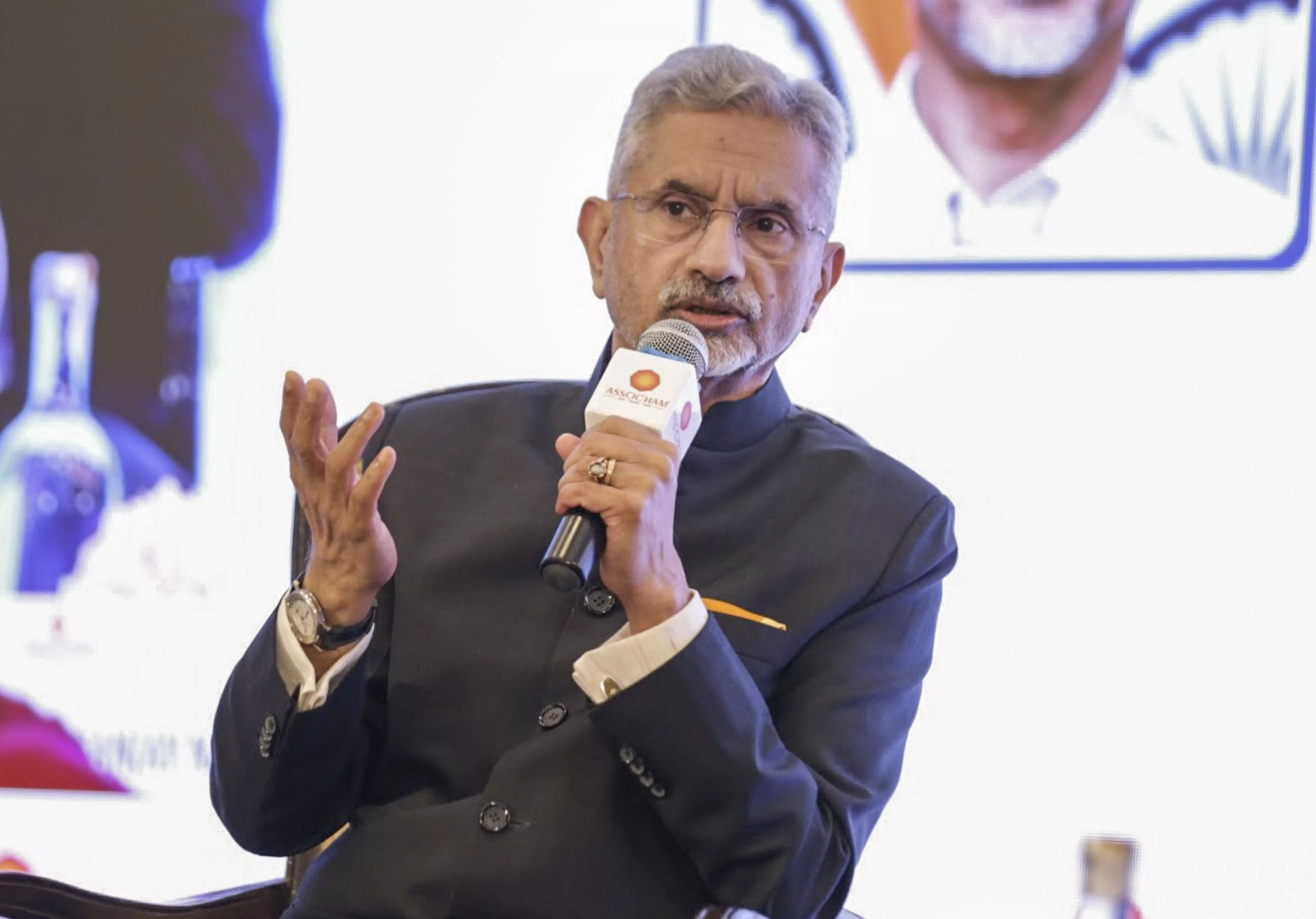AA Edit | Follow ‘trust but verify’ formula in China ties

India must move on to a “trust but verify” approach to its China ties as there has been a reset in the relationship with the thaw in the Himalayan standoff of 2020. The external affairs minister, S. Jaishankar, confirmed the October 21 development about the agreement that promises to change the status of the ties from a state of eternal suspicion over China’s territorial expansionism to one moving towards a state of peaceful coexistence.
The minister’s statements in both Houses of Parliament served to reassure the nation formally that the Ladakh disengagement has already taken place, including in all the high friction points like Depsang and Demchok. The next step towards improving the ties would be de-escalation at the border, which is a process that will take time.
That there has been progress at the ground level in carrying out the agreement which came in the wake of the meeting between Prime Minister Narendra Modi and Chinese President Xi Jinping in Russia indicates the start of a new phase. Given the amassing of troops on the LAC by both sides after the Galwan clashes of 2020, there may have been reasons for a national obsession about the border with a prickly neighbour.
The fact that the process of resetting the ties in other areas can move ahead was, perhaps, indicated in the two leaders not seeing a need for another meeting at the G-20 in Brazil were both were present at the summit and were part of the ceremonial photo-op. Neither side may have seen the need for another meeting since the agreement about the LAC was being implemented.
Of course, there may be a lot to verify, primarily if the patrolling is equitable. If Chinese troops are passing through Indian territory in their patrols, are Indian troops also allowed to patrol through Chinese territory? Are China’s claims to Arunachal only notional and not likely to stray beyond the hypothetical into any kind of expansionism?
The external affairs minister revealed India’s thinking that the disengagement allows it to consider other aspects of engagement in a calibrated manner. There are issues like China’s trade surplus and its eagerness to invest in India in its perpetual pursuit of expanding its trade with the world that has been advantageous to the extent of China having become an industrial superpower.
How India calibrates its trade ties with China is going to define the future, which itself would be indicative of the country seeing the necessity to move on since so much is likely to happen on both the positive and negative sides once Donald Trump gets to reside in the White House for his second term. And China is already preparing for its big tariff battle with the US while India believes some benefits could flow if Chinese goods get outpriced from tariffs.
There is a lot to verify regarding the near $85 billion trade surplus that China enjoys with India now amid a cumulative trillion-dollar Indian deficit. The question is whether India has the same kind of access to Chinese markets without tariffs and other stumbling blocks that most Chinese goods seem to enjoy in their being exported to India.
India must seek parity in trade exchanges too at a time when China is preparing to face hurdles in the US and needs to hold on to all the markets it is serving now. Maybe, the trust but verify principle should apply to trade too.

